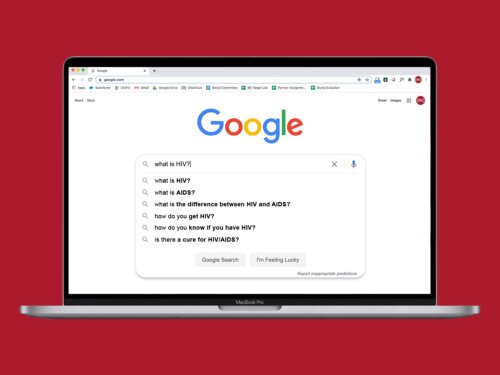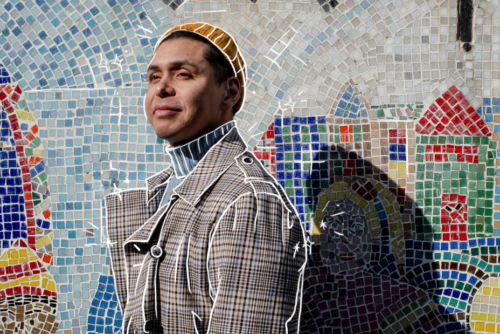What Will It Take To End AIDS by 2030?
AIDS isn’t a disease of the past, it’s still a crisis of now. Yes, the world has made incredible progress in the fight: over 27 million people are now accessing life-saving treatment, AIDS-related deaths have halved since their peak, and the daily cost of treatment has decreased to only 20 cents a day.
But we’re in danger of seeing this progress reverse. Over 10 million people still need access to medication. Today, 400 babies will be born with HIV. In the few minutes it takes you to read this, 4 people will have died from a disease that is both preventable and treatable.
There’s still plenty of work to be done to end AIDS by 2030, the international community’s set deadline. Amid the current COVID pandemic, it might seem impossible, but we can end AIDS in the next nine years. Here are a few ways how:
Strong and Resilient Healthcare Systems
Diseases like AIDS do not recognize borders. And as a result of weak health systems and lack of access to health care, the most vulnerable populations are often hit the hardest. The resurgence of diseases that previously ended like polio and measles—and more recent global outbreaks like COVID, Ebola and Zika—show the importance of investing in health care systems and security around the world. Training health care workers, improving supply chains, and strengthening data sharing will ultimately lead to more people getting access to better health care.
The current COVID pandemic is also having a devastating impact on health systems, preventing local communities from accessing the critical services and programs they need to fight other diseases, like AIDS. According to UNAIDS, the impact of COVID on health services may result in up to 148,000 additional AIDS-related deaths and up to 293,000 additional new HIV cases by 2022. Individuals are not only facing a diminished access to care, but increasing evidence has shown that people living with HIV are at a higher risk of COVID-related morbidity and mortality. A recent study suggests that patients with COVID in Africa are far more likely to die than other parts of the world due to the limited access to healthcare resources.
Focus on Women and Girls
Women and girls continue to be disproportionately impacted by HIV/AIDS. Young women are twice as likely than young men of the same age to contract HIV. Every week, 5,000 young women contract HIV- compared to less than 2,600 young men. Young girls are less likely to complete their secondary education, often due to discrimination faced in school. There is ample evidence demonstrating that completing a secondary education can help in protecting girls from acquiring HIV. With this, investing in programs that provide sexual reproductive health education, treatment, and counseling to young women and girls can ultimately reduce new HIV infections and protect the next generation of girls from harmful gender norms and stigma that help perpetuate the virus.
Money- and More of It
2019 marked a critical year for the AIDS fight, as the Global Fund successfully raised $14 billion to save 16 million lives over the next three years–of which (RED) and our partners committed $150 million, the largest private sector pledge to date.
However, the fight for funding continues—and during COVID, this fight continues to be an uphill battle. Due to increased skepticism of foreign aid, funding from governments and other donors has declined by $1 BILLION in the past 10 years, and domestic government spending and private sector funding has stagnated in the same timeframe. And last year, the world was $7 billion short of the international community’s funding goal to end AIDS as a global health crisis by 2030. The world needs to recognize the importance of this critical funding and step up financing for the fight.
You.
None of the above will be possible without you, a (RED) supporter, driving urgency and awareness around the fight to end pandemics like AIDS. In order to end AIDS by 2030, we need our consumers and audience to take action to help us keep up critical funding and focus on this fight.
Here are four things you can do right now to join us:
- Shop (RED) products on Amazon.com/RED. Every purchase helps fight pandemics.
- Check out red.org/impact and our other (RED)ITORIAL posts to learn more about (RED), our mission and how you can get involved.
- Follow @RED on social media to stay up to date with all things (RED) and our fight against global health emergencies.
- Become an INS(DER) and join our community of monthly donors committed to supporting the fight against pandemics.


